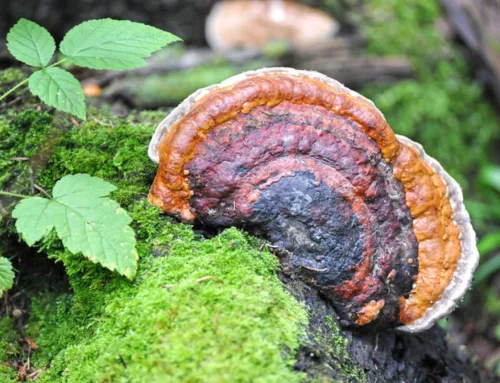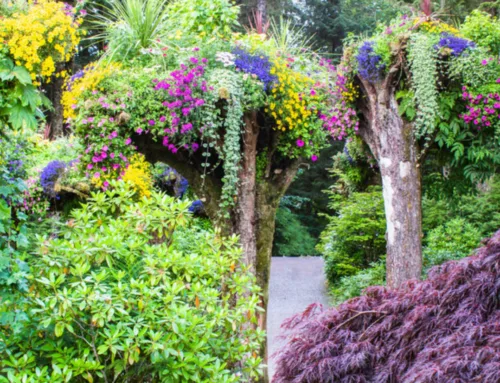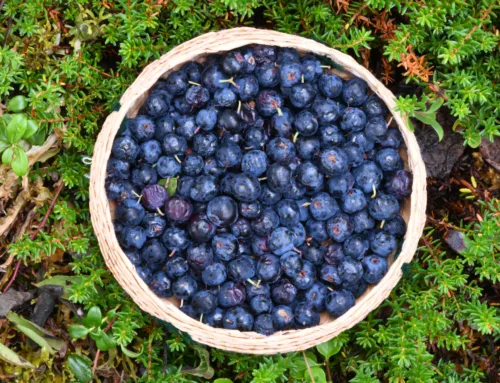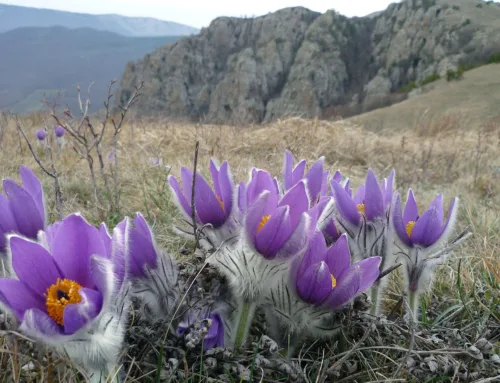Whispers of the Chocolate Lily
The Fritillaria camschatcensis, widely recognized under names such as the chocolate lily, Kamchatka fritillary, wild rice, or northern rice root, is a perennial plant native to a range of habitats, from moist coastal environments to the subalpine woodlands. It thrives in diverse settings, including tide flats, meadows, rocky coasts, and streamside locations, predominantly in coastal areas but less frequently inland. Its distribution spans across Alaska, through the Yukon Territory, and down into western Washington and Oregon in North America. Despite its broad ecological adaptability, in Washington State, it is classified as a sensitive species with a G5S2 conservation status, indicating it is globally stable but locally at risk of extinction.
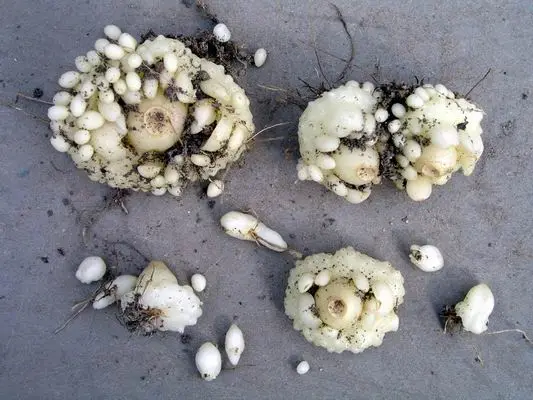
Belonging to the Liliaceae family, the chocolate lily stands 20 to 60 centimeters high, with leaves arranged in spiral patterns of five to nine along its stem. From May through July, it produces tightly clustered, dark greenish-brown to brownish-purple flowers, adorned with yellow spots or streaks, on short stems. The flowers emit a foul odor to attract flies for pollination. The plant’s bulb divides into numerous fleshy segments that later disintegrate into many small bulblets, resembling rice grains, which explains one of its common names, rice root.
The bulbs of the chocolate lily have been a traditional food source for Indigenous coastal communities, who would boil or soak them to reduce their bitterness. These bulbs were directly consumed, used in various dishes, or preserved for future consumption. Today, despite their bitter taste, some people still gather and eat these bulbs.
Indigenous groups utilized different components of the Chocolate Lily for health remedies. The belief was that the bulbs possessed curative abilities, and they were conventionally employed in the alleviation of coughs, colds, and issues related to the respiratory system. Beyond its nutritional value, the chocolate lily is also valued for its aesthetic appeal in gardens, despite its unpleasant smell. It adapts well to cultivation, growing from either bulbs or seeds. Once established, it can spread and contribute to the visual appeal of gardens. This plant is featured in native plant exhibitions, such as those at the Chugach National Forest’s Glacier Ranger district office and the Begich Boggs Visitor Center.
Photos courtesy of USDA Forest Service, Alaska Photo Graphics, Alaska.org, Alutiiq





